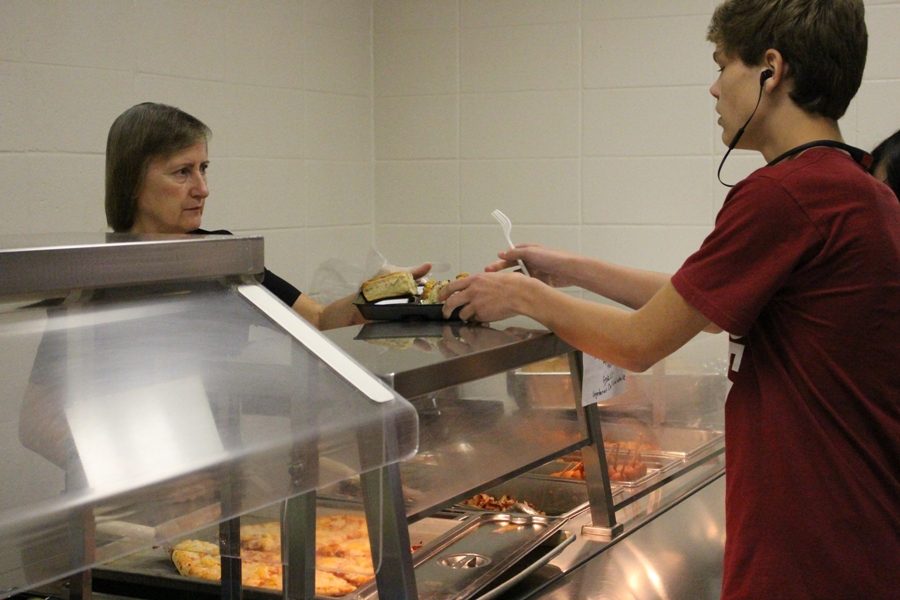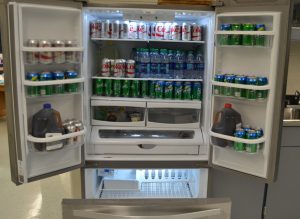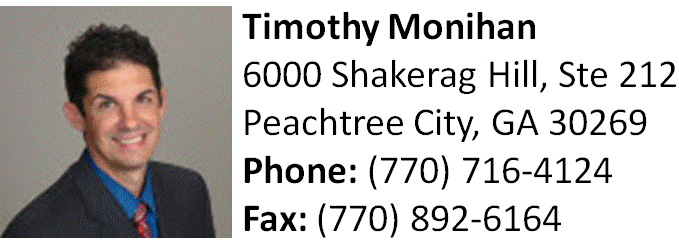Lunchbox or lunch tray?
Lunch choices impacting more than just student health
Margaret McClain serves a student lunch. “We love seeing the students. That’s the favorite part of our day, when we get to see them and when we make them happy by serving them what they want,” lunchroom manager Maureen Hankey said.
October 11, 2016
Noticing quicker service in lunchroom these days. Why? Shorter lines! And that’s not a good thing.
Last year and this year, a problem has been cooking inside the lunchroom. The number of lunches bought at the school has declined, but the concern for student health has not.
“Our goal is to feed the students because a hungry student can’t learn. We’re here for the students. We all love these children and we would love to see [the students] eat every single day too,” lunchroom manager Maureen Hankey said.
Students are eating. They just are not eating school lunch.
“I don’t eat school lunches because I prefer food from home. It’s cheaper and it gives me more time to eat,” junior Connor Hold said.
Some attribute perspectives similar to Hold’s to the decisions the United States Department of Agriculture made through the Healthy Hunger-Free Kids Act of 2010.
In their new regulations, the USDA prohibited an a la carte, where items like french fries and cookies could be sold. According to the USDA, “The Healthy, Hunger-Free Kids Act allows USDA, for the first time in over 30 years, oppurtunity to make real reforms to the school lunch and breakfast programs by improving the critical nutrition and hunger safety net for millions of children.”
The lunch ladies are trying to think of every way they can to bring in more students. If they were able to loosen restrictions of the USDA, they could serve items that the students would prefer to eat.
Unfortunately, students not purchasing school lunches has affected the workers’ jobs in the cafeteria. The lunchroom made plans to lose one worker, but after a different employee left for a job elsewhere, no workers had to be moved to another school or let go. However, the Mill’s cafeteria is still overstaffed by one person, leaving the possibility of losing a worker at some point this school year.
“We are like a big family back there, and we really care about each other. They don’t want to see anybody lose their job or be transferred to another school because we’re so close and loving that we want to stay together,” Hankey said.








